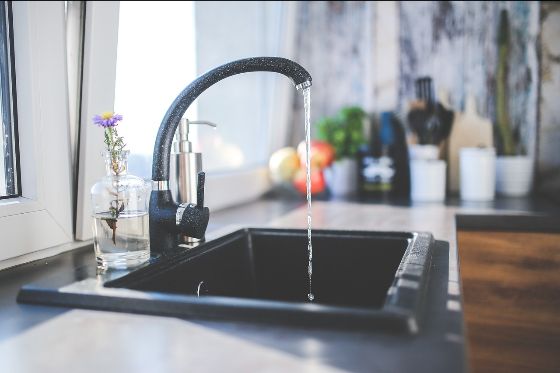
By Steven Mew, Australian Science Media Centre
The National Health and Medical Research Council (NHMRC) has released their updated draft guidelines for per- and polyfluoroalkyl substances (PFAS) in drinking water this week for public consultation. The guidelines include revised guidance on regulations for four main PFAS chemicals – PFOA, PFOS, PFHxS, and PFBS - and will inform state and territory strategies for maintaining water supply safety.
PFAS are human-made synthetic chemicals, that were designed to be resistant to heat, stains, grease, and water, and have been found in firefighting chemicals. The downside to this is that they don’t break down easily in the environment and can last for a very long time.
According to Professor Steven Wesselingh, the NHMRC’s Chief Executive Officer, the values provided in the guidelines are based on minimising risk over a lifetime’s worth of exposure through drinking water.
The guidelines, which are based on animal studies, limit levels of PFOA in water to 200ng/L down from 560ng/L, PFOS to 4ng/L and PFHxS to 30gn/L both down from 70ng/L, and PFBS which was not previously limited down to 1000ng/L.
“Importantly, this is based on an individual drinking water on a daily basis for their entire life. So it's not about the concentration that is toxic right now, but you need to be drinking above these levels for your entire life to have what we regard at the moment as toxic effects”, Prof Wesselingh said in an AusSMC briefing.
However, speaking in an AusSMC Expert Reaction to the new guidelines, Prof Denis O’Carroll from the Water Research Laboratory and UNSW Sydney, said Australia’s guidelines are less stringent than those in the EU, US, and Canada.
“In April this year, the US Environmental Protection Agency (EPA) set drinking water concentration limits of 4 ng/L for PFOS and PFOA, 10 ng/L for PFHxS and 2000 ng/L for PFBS in their National Primary Drinking Water Regulation,” he told the AusSMC.
The guidelines also don’t consider every PFAS chemical, of which there are over 14,000 chemicals in the class, and Prof O’Carroll says the Australian Government should consider a wider range of PFAS in the guidelines in line with other countries.
Dr David Cunliffe, the Principal Water Quality Advisor at the SA Department for Health and Wellbeing and Member of the NHMRC Water Quality Advisory Committee, told the AusSMC briefing that the guidelines cover the key PFAS chemicals that have been detected in Australia and that even the US EPA does not have figures for anywhere near 14,000 PFAS.
“It's very difficult, in fact it's impossible, to develop guideline values for 14,000 different PFAS. You just couldn't do it with any confidence, so we've done it for the major PFAS”, he said.
Dr Daniel Deere, a Water and Health Consultant at Water Futures, told the AusSMC that his advice is to only be concerned about PFAS in your drinking water if directly advised by the authorities.
“You have nothing to be concerned about with PFAS in your public drinking supply unless you are specifically advised otherwise. Public water supplies in Australia are all managed by specialist professionals employed by local and state/territory government utilities, and overseen by water utility regulators and health departments,” he said.
According to Dr Deere, if you still have any concerns, contact your water supplier’s customer services advice line and review the NHMRC and similar information.
You can find the full AusSMC Briefing and Expert Reaction here.
This article originally appeared in Science Deadline, a weekly newsletter from the AusSMC. You are free to republish this story, in full, with appropriate credit.
Contact: Steven Mew
Phone: +61 8 7120 8666
Email: info@smc.org.au